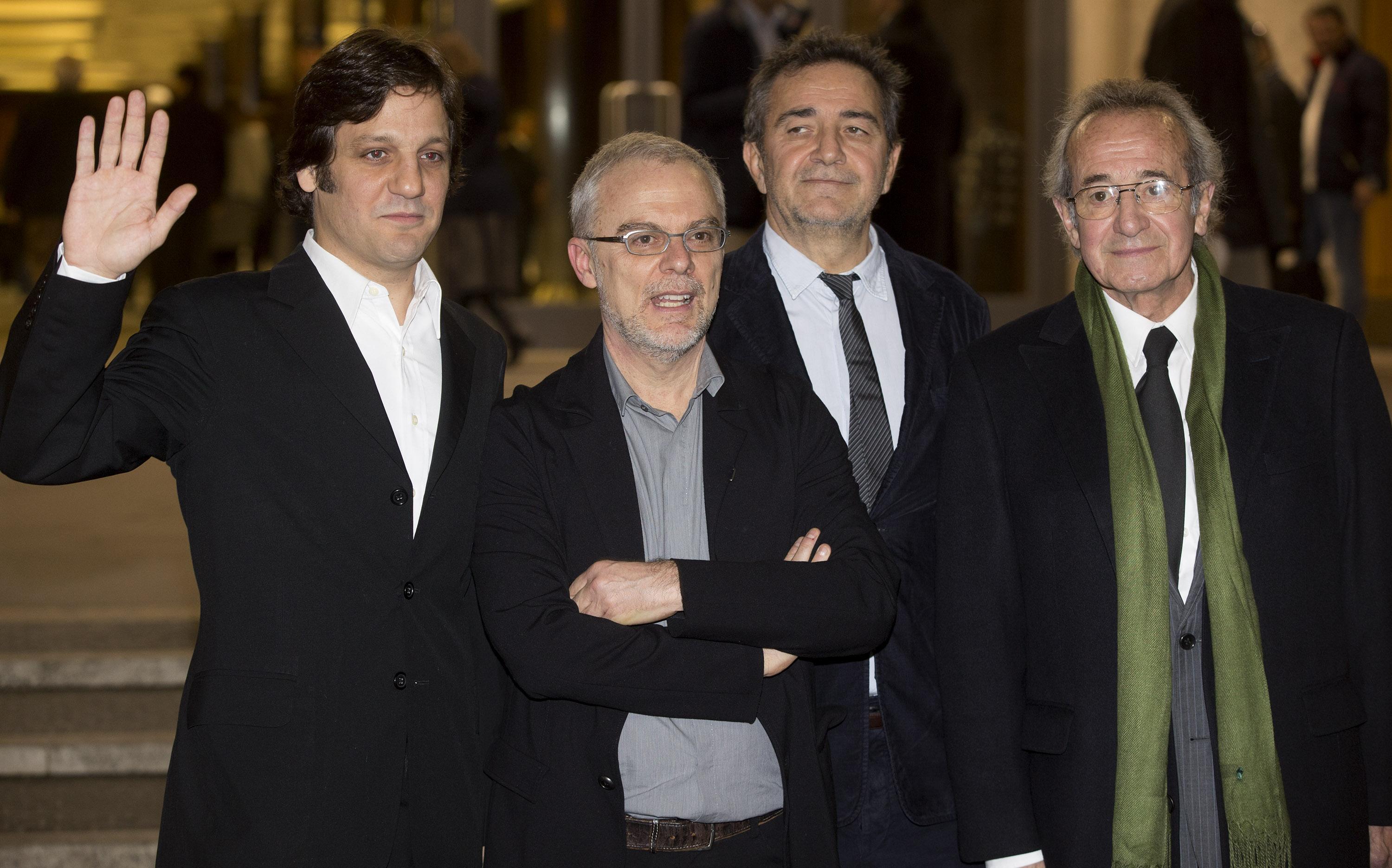“What am I doing in Rome?” asks an elderly Jorge Mario Bergoglio at the beginning of the film “Call Me Francis,” which is out in Italian cinemas today. The Archbishop of Buenos Aires looks from a terrace at Saint Peter’s Basilica, as he prepares to enter the Conclave, which would then elect him to be Successor of Peter. With a thought-provoking sunset in the background, he reflects: “At my age people retire …”
Weighing on the shoulders of the future Pope, however, is not his age, but rather the anxieties, risks, and battles faced in the course of his life, especially in Argentina, during the Videla dictatorship and also, ten years later, the obstinate operation of “discarding” the weak and poor.
Scenes that the film, produced by Taodue with Mediaset, show with great intensity, offering a coherent stroke of all that happened in the last 50 years in the life of the Argentine Pope.
The film’s direction had an almost saint-like figure of Bergoglio emerge, who seemed like an Argentine Schindler who,– in the dark years of the military dictatorship (1976-1983), while the people were disappearing, being arrested, tortured, killed – sometimes with the complicit silence of the Church herself –, hid seminarians in his college, defended a judge to the point of hiding her in the baggage compartment of his beetle, had priests liberated, and procured false documents for them to flee to Brazil and Uruguay.
Within very little time, he had climbed the ranks and gained recognition as a national hero.
Side of Jesus
The film clarifies well on what side Bergoglio is. Neither on the right or the left, as he himself clarifies several times in the film, but on “the side of Jesus.” Far from being a political struggle, his was a concrete application of the Gospel. In virtue of which he does not bat an eyelid when, as Provincial, he is sent to Cordoba to be a priest, to “confess between swine and chickens.” In fact in 1992, Cardinal Quarracino came to fetch him there and to communicate to him John Paul II’s decision to appoint him Auxiliary Bishop of Buenos Aires, “Delegate” for the priests of the periphery. So, the film recounts his commitment as pastor in favor of the poor and the disinherited, his struggles against the Buenos Aires municipality, which for economic reasons wished to leave hundreds of families homeless.
Bergoglio was always there in the front line, to “fight” with the shantytown priests and their poor, to pull the reluctant Cardinal’s cassock to put his face in front of the television cameras and make him celebrate Mass in the shacks, poor and cops all together.
And also when he has his bag in hand, ready to leave for Rome for the Conclave after Ratzinger’s renunciation, he finds the time to celebrate a marriage in the “periphery.”
“Rome can wait,” he says. “But from Rome, you might never return,” replies the secretary.
It was moving to see, in the last strands of the film the ready fans before the TV that exult with the announcement of Cardinal Tauran of the new Pope’s name. They knew it, they felt in in their heart. “He’s done it!”, exclaims between tears his old collaborator of San Miguel. And then the CTV scene with that historic “Brothers and sisters, good evening!”
Overall, “Call Me Francis” is a moving film. The applause broke out at the close of the film, especially by the 7,000 poor and homeless invited by the Pontiff, accompanied by volunteers and several Roman charitable realities and received by the Papal Almoner, Monsignor Konrad Krajewski.
Distributed to them at the exit was a small bag of provisions. The Musical Band of the Papal Swiss Guard, which usually gives concerts only twice a year – for the oath taking and for Christmas – wished to honor them by performing four musical pieces. Also, a group of Eritreans raised a giant placard in the Hall, between flags of the whole world, which read “Thank you Pope Francis.”
Argentine actor Rodrigo De La Serna, who plays the young Bergoglio (the other is Sergio Hernandez), between various selfies and autograph requests, was able to say to ZENIT: “It’s truly a dream, an indescribable, honorific sensation. I never imagined I would be in the Vatican, much less so interpreting a person that I admire as I do Pope Francis.”
[Original Text: Italian] [Translation by ZENIT]


